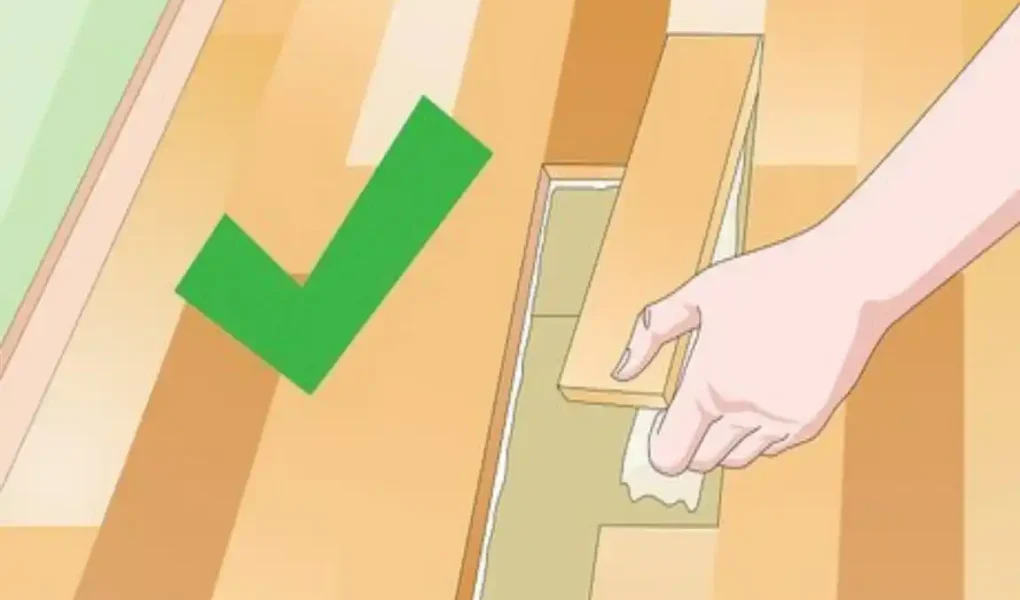Imagine walking into a home where every room flows seamlessly into the next, like a well-orchestrated symphony. That’s the magic of thoughtful flooring choices. Flooring isn’t just something under your feet—it’s the foundation of your home’s vibe, tying together colors, furniture, and even your daily mood. But here’s the big question that pops up for many homeowners: should flooring match throughout the house? It’s a debate that can make or break your renovation plans.
Think about your own home for a second. Do your floors feel connected, or do they chop up the space? By the end of this article, you’ll have the tools to answer that burning question: should flooring match throughout the house for your unique setup? We’ll cover pros, cons, when to mix things up, decision-making guides, trends, and more. Let’s step into it—pun intended—and make your home feel like a cohesive haven.
Flooring choices influence everything from how spacious your home feels to how easy it is to clean. Experts like interior design Sarah Richardson often say that consistent floors can make a small house feel bigger, while mixing materials adds personality. But it’s not one-size-fits-all. Stick around as we break it down step by step.
Understanding Flooring Consistency in Home Design
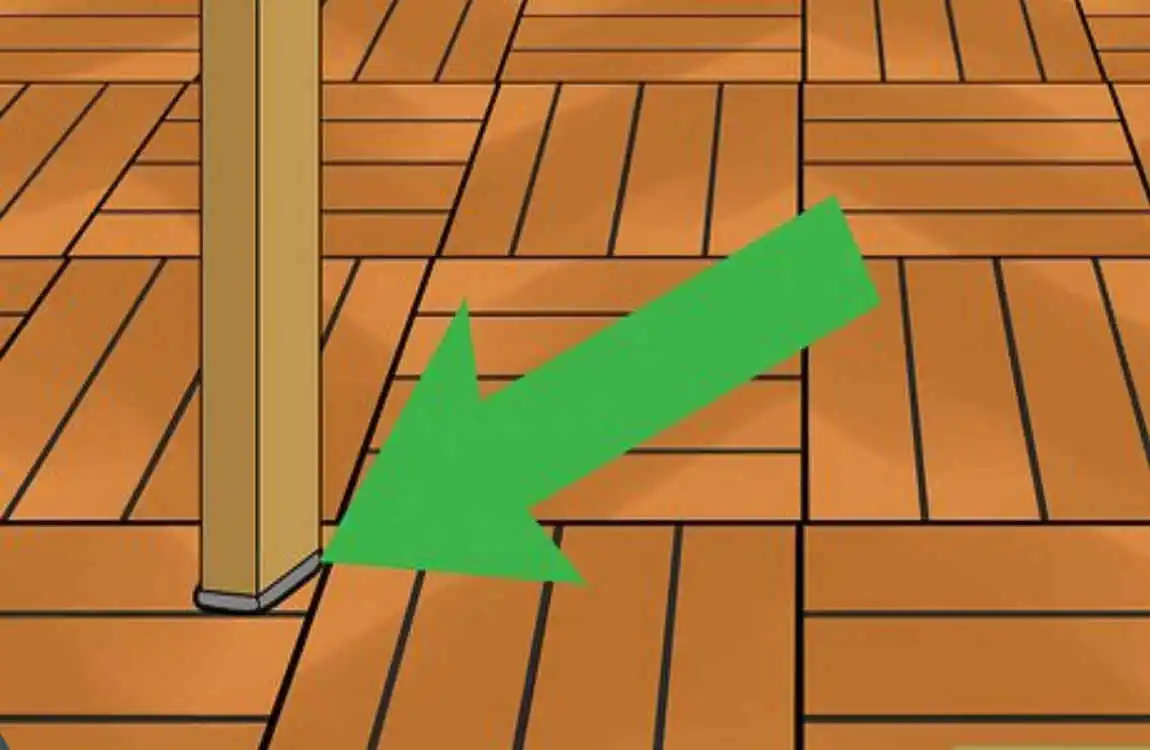
What Does Flooring Continuity Really Mean?
Flooring continuity is all about keeping the same type of floor—like hardwood or tile—running through your entire home. It’s the opposite of mixing it up, where you might have cozy carpet in bedrooms and sturdy tile in the kitchen. When we talk about whether flooring should match throughout the house, we’re really asking if that seamless look is worth it.
You step from your living room to the hallway without noticing a change underfoot. That’s continuity in action. It creates a smooth transition that feels natural. On the flip side, varied flooring styles let you tailor each room to its purpose, like waterproof options in wet areas.
Common Flooring Types and Their Roles
Homeowners have tons of options these days. Hardwood floors bring warmth and timeless appeal, perfect for living areas. Laminate mimics wood but costs less and handles wear well. Tile is a go-to for bathrooms because it’s tough against water. Carpet adds softness underfoot in bedrooms, while vinyl offers budget-friendly durability everywhere.
Each type affects your home differently. For instance, hardwood can make a space feel elegant, but it might not hold up in a busy kitchen. When deciding if flooring should match throughout the house, consider how these materials play together—or don’t.
How Flooring Shapes Your Home’s Atmosphere and Flow
Flooring isn’t just practical; it sets the tone. Matching floors create a sense of unity, making your home feel like one big, connected space. This flow can trick the eye into thinking rooms are larger, especially in open layouts.
But what if your home has distinct zones? A mismatched approach might highlight those differences, like using cool tile in a sunroom for a breezy feel. Experts from the National Wood Flooring Association note that consistent flooring enhances resale value by appealing to buyers who want simplicity.
Think about your daily routine. Do you host gatherings where people move from room to room? Matching floors could make that easier. Or do you have kids and pets that track in mud? Varied floors offer better protection in high-traffic spots.
Why This Matters for Your Home’s Overall Design
In the end, flooring consistency ties into bigger design principles. It influences lighting, color schemes, and even furniture choices. If you’re renovating, ask yourself: Does matching create harmony, or does variety add excitement? We’ll explore the pros next, but remember, the goal is a modern home that feels right for you.
Pros of Matching Flooring Throughout the House
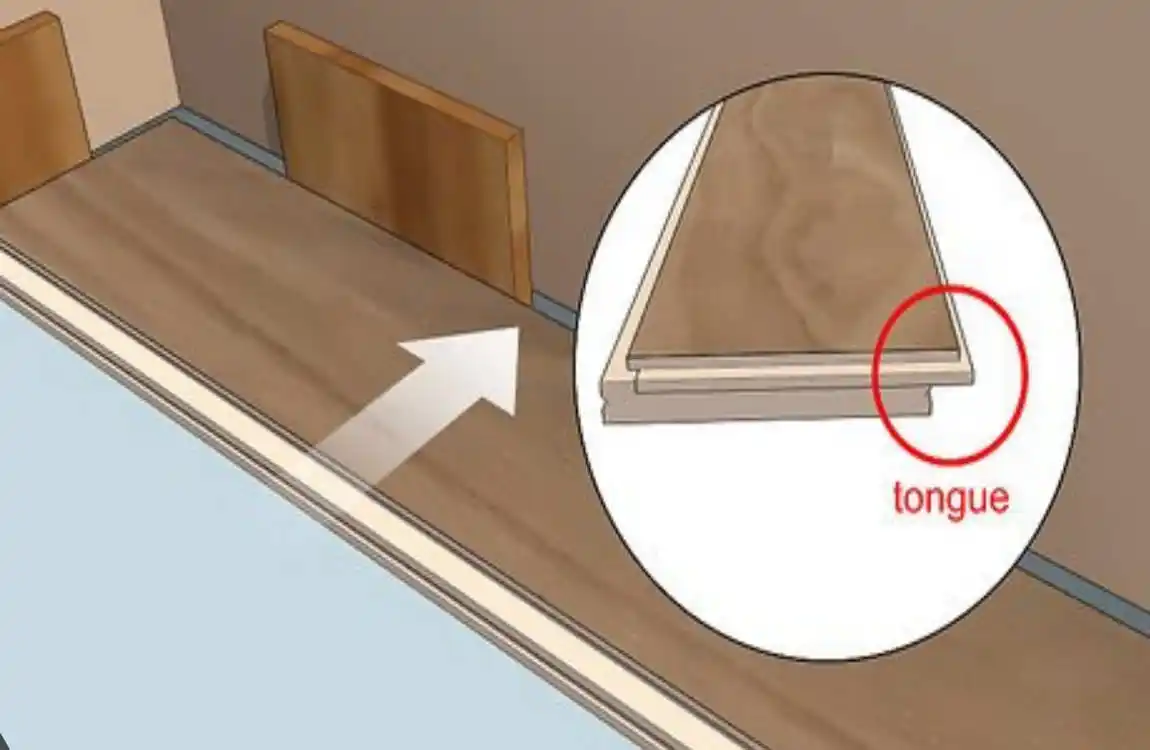
A Cohesive and Unified Look That Feels Effortless
One of the biggest wins when you decide on the flooring match throughout the house is that unified vibe. Everything blends together, making your home polished and intentional. No jarring shifts from wood to tile—just smooth sailing.
Interior designer Joanna Gaines swears by this for farmhouse styles. She says it lets decor shine without distractions. You, as the homeowner, get to enjoy a space that feels put-together, like a high-end hotel lobby.
Making Your Space Feel Bigger and More Open
Matching floors visually expands your home. Without material breaks, rooms flow into each other, creating an illusion of more square footage. This is huge for smaller houses or apartments.
Take a cozy bungalow: Extend the same laminate from the kitchen to the living room, and suddenly it feels airy. Experts at Houzz report that continuous flooring can make spaces appear 20% larger. Isn’t that a game-changer for how you live?
Simplifying Your Decor and Furniture Choices
With matching floors, decorating becomes a breeze. You don’t worry about clashing materials—pick pieces that complement the overall look. Furniture placement? Easier too, since everything ties back to that consistent base.
Imagine shopping for a new sofa. If your floors match, you focus on comfort and home style, not matching random room vibes. This saves time and reduces decision fatigue.
Boosting Your Home’s Resale Value
Buyers love homes that feel move-in ready. Matching flooring appeals to them because it’s low-drama and versatile. Real estate pros from Zillow say it can increase offers by highlighting cohesion.
For example, a matched hardwood setup in a suburban family home often sells faster. It’s like giving your property a subtle upgrade without significant work.
Easier Maintenance for Busy Lifestyles
When all floors are the same, cleaning is straightforward. One vacuum or mop type works everywhere—no switching tools mid-task. This is perfect if you have a hectic schedule.
Materials like vinyl or engineered wood are durable and low-maintenance when uniform. Spills in the dining room? Wipe them up just like in the hallway. It keeps things simple.
Real Examples and Expert Backing
Consider a modern condo where light oak floors run throughout—experts like those from the Flooring America network praise this for its timeless appeal. Homeowner testimonials often highlight how it reduces visual clutter. So, if you’re pondering whether flooring matches throughout the house, these pros make a strong case for yes.
Cons and Challenges of Matching Flooring Throughout the House
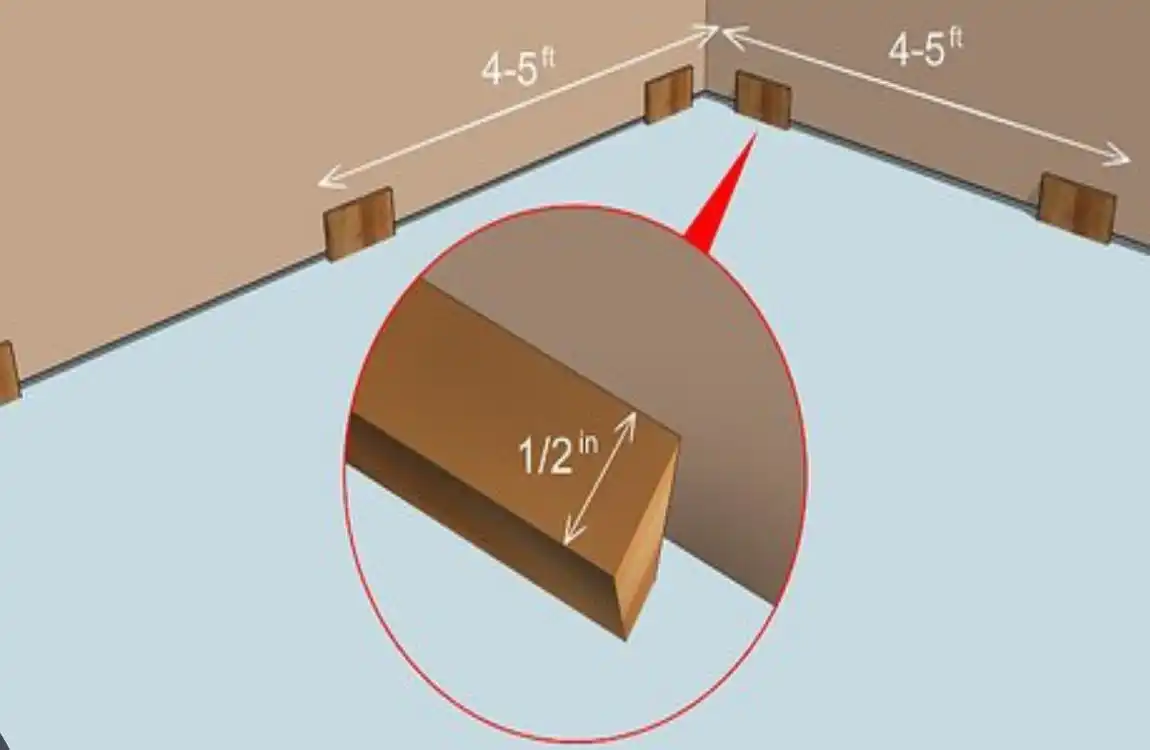
The High Cost of Uniformity
Extending one flooring type everywhere isn’t cheap. Hardwood for an entire house? That could run into thousands. Budgets stretch thin, especially in larger homes.
You might think, “I’ll save on variety,” but installation costs add up. Experts warn that skimping here leads to regrets. When asking for flooring to match throughout the house, factor in if your wallet agrees.
Practical Issues in Moisture-Prone Areas
Not all rooms suit the same material. Kitchens and bathrooms need water-resistant options like tile, while wood warps in humidity. Forcing a match ignores these needs.
Picture hardwood in a steamy bathroom—disaster waiting. This practicality gap is a major con, as noted by Lowe’s flooring specialists.
Limiting Your Style and Room Functions
Matching floors can box you in aesthetically. A bedroom might crave soft carpet, but uniformity pushes hard surfaces everywhere. Rooms lose their unique flair.
If your home has varied home functions—like a home office versus a playroom—matching might feel bland. It constrains personalization, making spaces feel generic.
Complications with Repairs and Replacements
Damage one section, and repairing matched floors gets tricky. Finding an exact match years later? Not always easy. This leads to patchwork looks or full replacements.
Experts from Bob Vila’s site highlight how this ups long-term costs. A single pet scratch could mean redoing multiple rooms.
Losing Out on Personal Touches
When everything matches, your home might lack character. Varied floors let you express yourself—bold tiles in the entry, plush rugs in the den. Uniformity can feel monotonous.
Homeowners often share stories of regretting all-matching setups because they stifled creativity. So, while having flooring match throughout the house has appeal, these challenges remind us to weigh options carefully.
When and Why to Consider Mixing Flooring Types
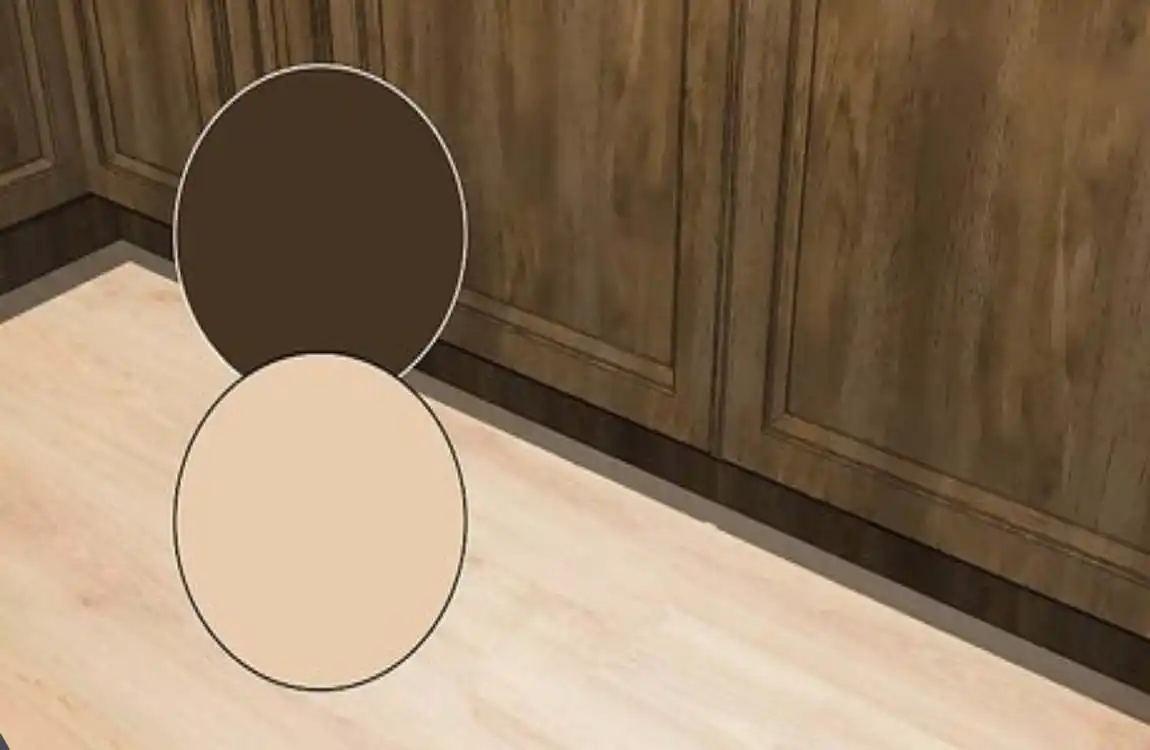
Rooms That Beg for Different Materials
Some spaces demand variety. Bathrooms and kitchens thrive with tile or vinyl to handle splashes. Basements? Opt for moisture-proof options like luxury vinyl plank.
Mixing makes sense here—don’t force wood into a wet zone. When debating whether flooring should match throughout the house, recognize these exceptions for functionality.
Embracing Design Trends with Contrast
Today’s trends love zoning. Use different floors to define areas, like wood in living spaces and stone in entries for drama. It adds visual interest without chaos.
Designers like Nate Berkus encourage this for modern homes. Contrast highlights architecture, making your space pop.
Using Rugs and Transitions for Harmony
Worried about clashing? Rugs bridge gaps, softening shifts. Transitional strips—metal or wood—create smooth handoffs between floor materials.
This keeps the flow intact while allowing mixes. It’s a clever hack for open plans.
Expert Tips for Successful Mixing
Start with a color palette that ties everything. Experts suggest testing samples in natural light. Aim for complementary textures—smooth tile with textured wood.
By mixing thoughtfully, you avoid the pitfalls of strict matching. It’s all about balance.

